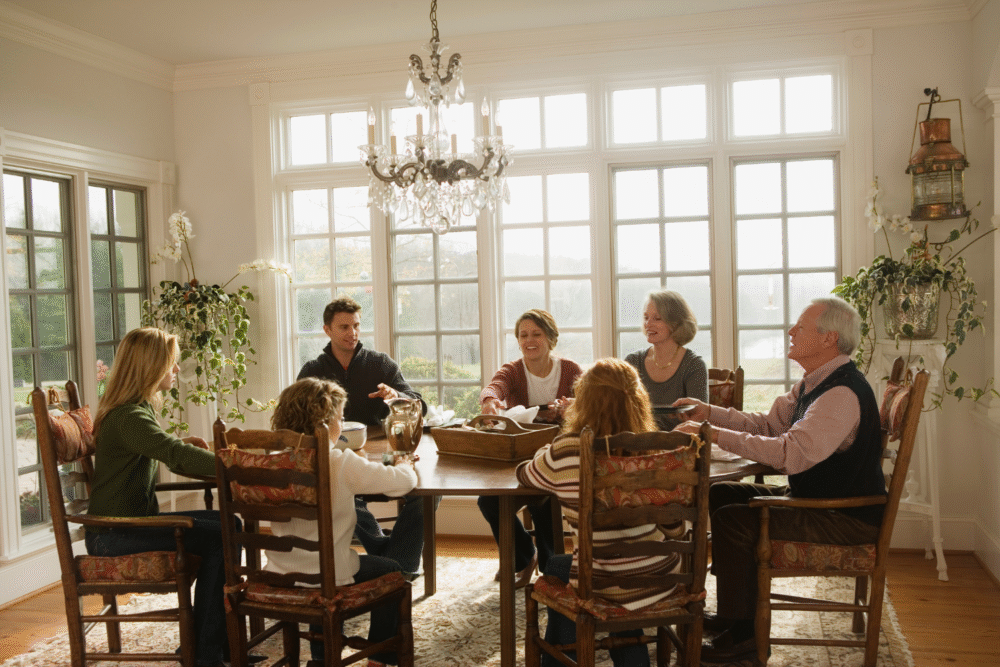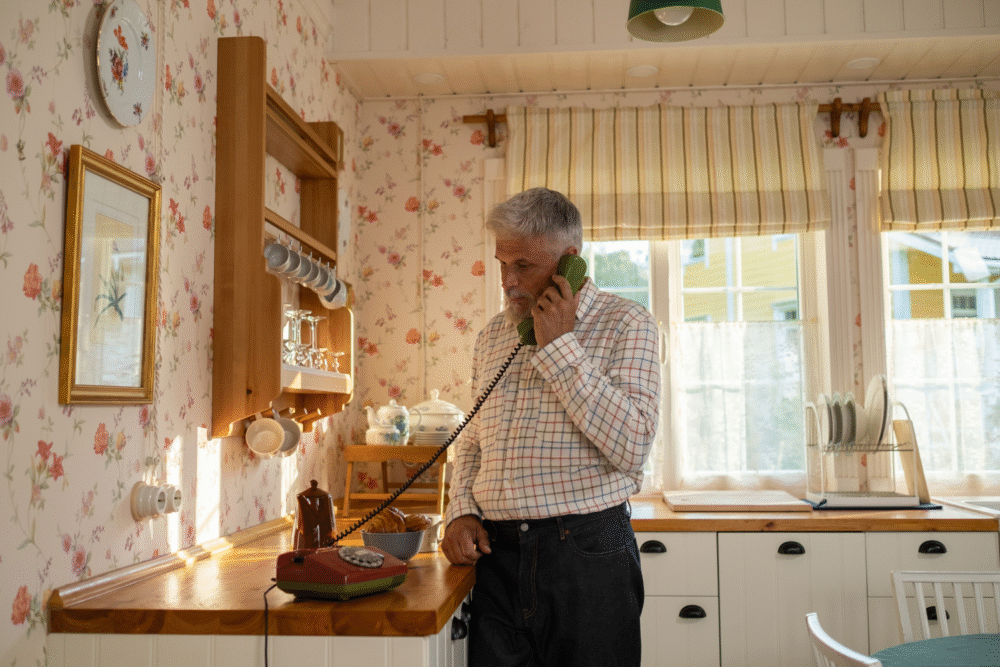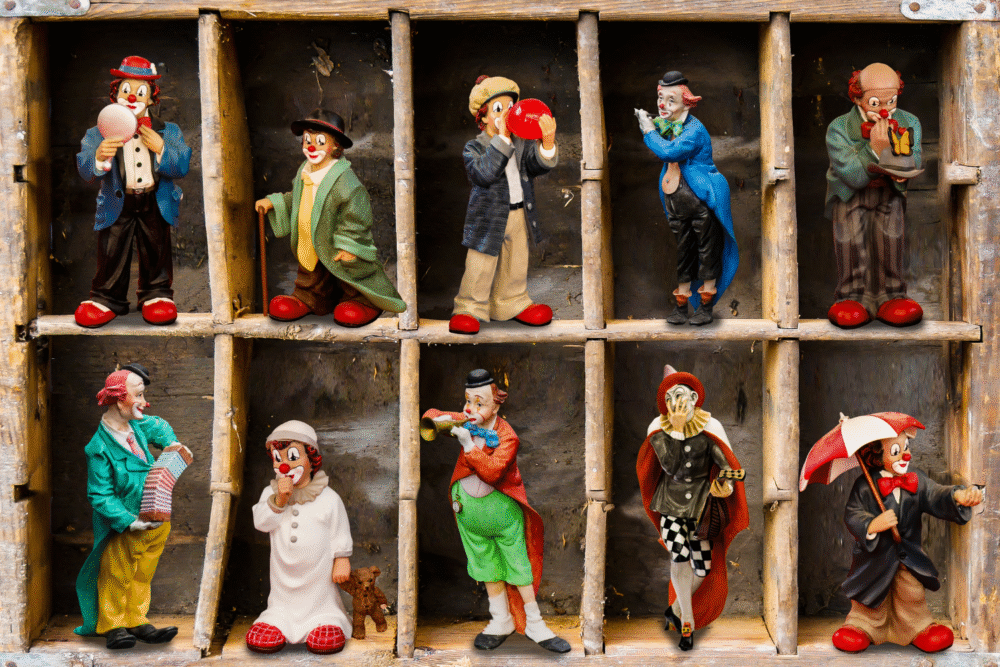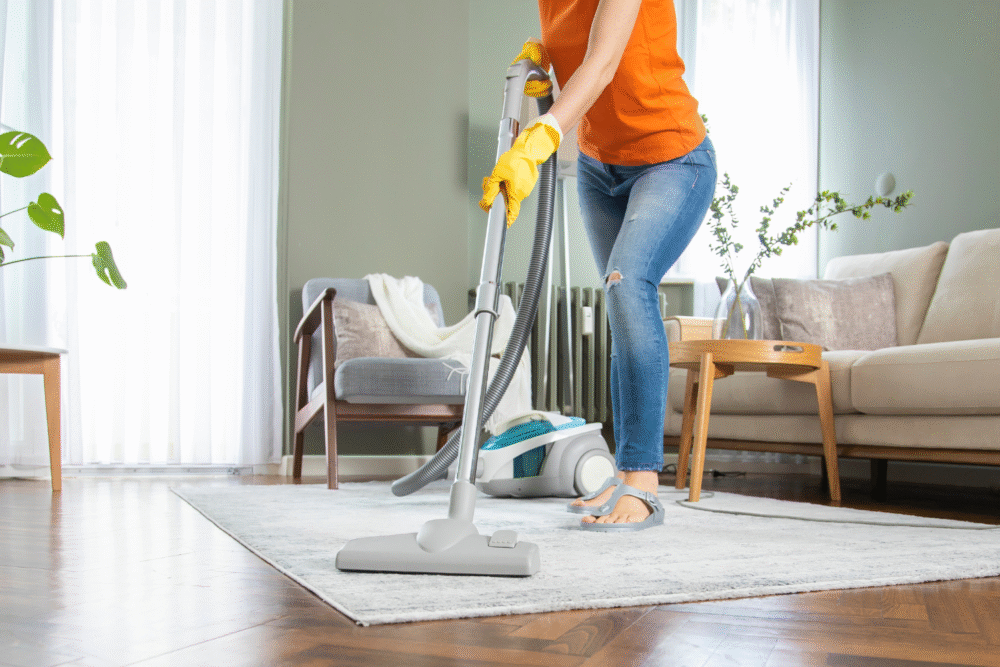The things that felt like necessities now look more like clutter.

Boomers and Gen X grew up believing certain household items defined a proper home. To them, these objects carried weight—symbols of success, stability, and tradition. But Gen Z doesn’t share the same connection. They lean toward minimalism, practicality, and technology-driven solutions, leaving many so-called “essentials” in the dust.
What one generation cherishes as timeless treasures, the other views as space-wasting burdens. Here are the household staples your parents still cling to that Gen Z will gladly skip.
1. A full set of fine china.

Parents often see fine china as essential, tied to tradition and family gatherings. For Gen Z, it’s a fragile, space-consuming burden. They rarely host large formal dinners, so an entire set of delicate plates feels more like stress than luxury.
Instead, they opt for durable, minimalist dishware that can handle daily use. The obsession with preserving heirloom china feels out of touch with their lifestyle.
2. A massive entertainment center.

Older generations once prized heavy wooden entertainment centers, complete with shelving and storage. Gen Z lives in a streaming world where a slim TV stand or wall mount is enough.
These bulky pieces look outdated and waste space in smaller apartments. What was once a symbol of pride is now a relic.
3. A formal dining room table.

Parents often insist on having a large dining table for family meals and holidays. Gen Z, however, tends to gather casually in kitchens, living rooms, or outside.
A massive dining set feels unnecessary in compact apartments. Smaller tables or multipurpose furniture fit their more flexible way of living.
4. A landline phone.

Boomers see landlines as a household staple. Gen Z can’t imagine paying for something redundant when their smartphones cover every need.
The landline symbolizes outdated reliability, but to younger people, it’s just another bill and another piece of clutter.
5. A cabinet of glass figurines.

Parents love collecting decorative figurines, proudly displaying them in cabinets. Gen Z often sees them as dust collectors with no real use.
Minimalist spaces don’t leave room for fragile displays. To them, it feels like an obsession with objects rather than experiences.
6. A full-size ironing board.

Boomers rely on ironing boards to keep clothes crisp. Gen Z favors wrinkle-release sprays, quick steamers, or simply accepting a lived-in look.
An ironing board takes up precious space in small apartments. For many, it’s an unnecessary relic of a more formal time.
7. A heavy vacuum cleaner.

Parents often swear by bulky vacuums with multiple attachments. Gen Z prefers lightweight stick vacuums or robot cleaners that take up less space.
Dragging a heavy machine around feels inefficient and outdated. Technology has made cleaning simpler, and younger renters embrace that.
8. A full set of encyclopedias.

Boomers grew up treating encyclopedias as prized knowledge collections. Gen Z relies on instant access to information online.
Shelves of heavy books feel more decorative than useful. What was once essential for research is now an oversized reminder of a pre-digital age.
9. A formal guest room.

Parents often insist on a dedicated guest room, ready at all times. Gen Z tends to live in smaller homes where every space has to work daily.
Air mattresses, futons, or multipurpose rooms feel more practical. Keeping a room unused most of the year seems wasteful to them.
10. A giant freezer chest.

Boomers often love stocking up on bulk groceries, which requires a massive freezer. Gen Z shops smaller and more frequently, especially in urban settings.
A freezer chest feels unnecessary when grocery delivery is only a click away. It takes up space many younger people don’t have or want to sacrifice.
